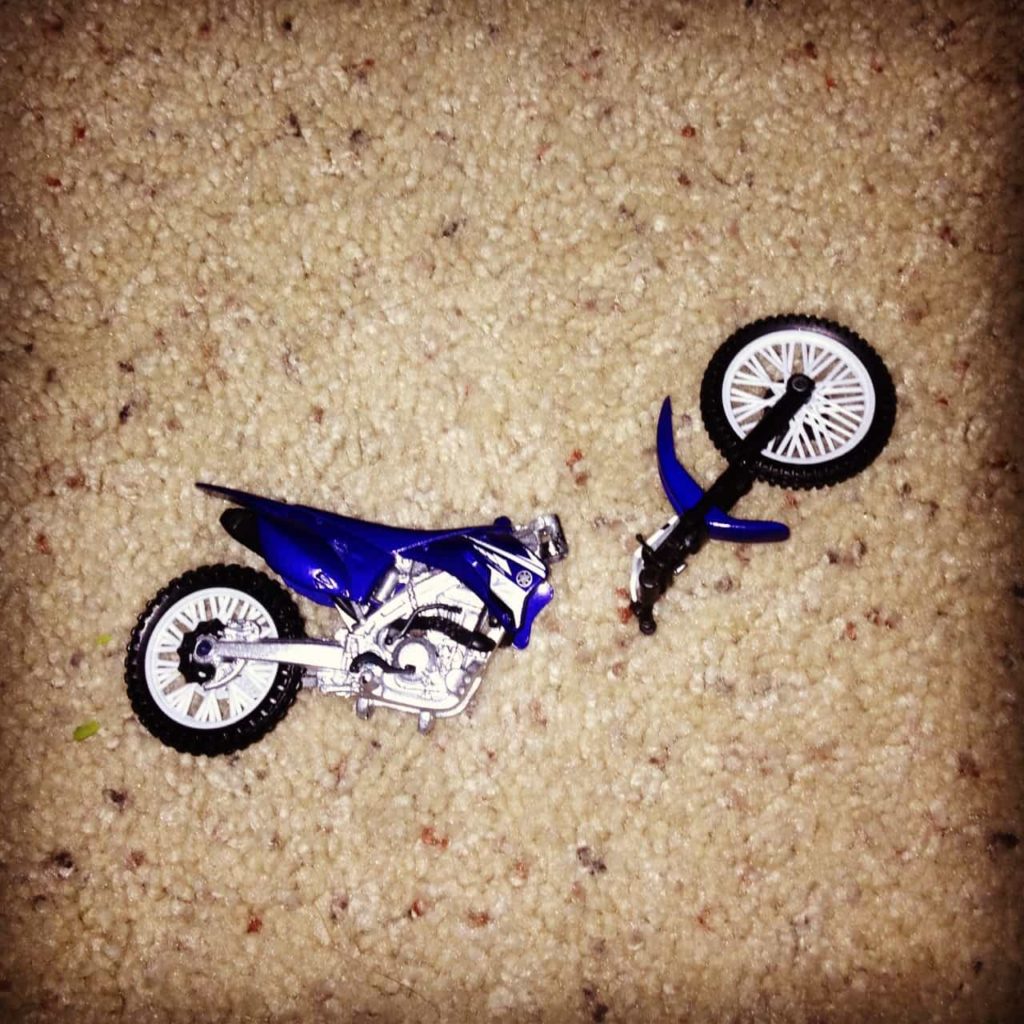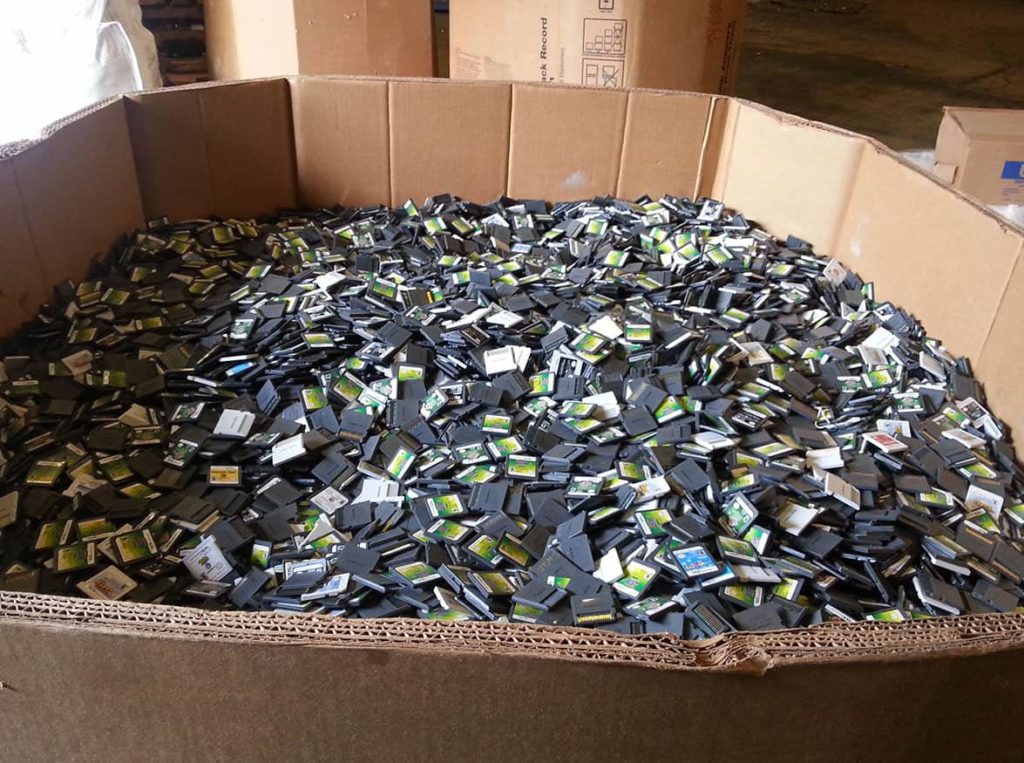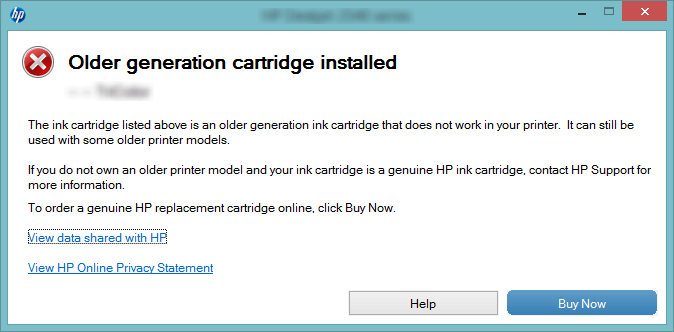In industrial design, the planning or designing of a product with an artificially limited useful life is referred to as Planned Obsolescence.
Planned obsolescence can be broken down into many different categories and tactics that are used by manufacturers. Let’s take a look atRe-arranges screen to look at selected object. More some of the most common ones…
Contrived Durability

Designing a product to deteriorate quickly is referred to as contrived durability. The design of all consumer products includes an expected average lifetime. Thus, it must be decided early on in the lifecycle of a product how long it will be designed to last.
Using cheap materials, such as softer metals, or replacing metal parts with even cheaper plastic pieces can shorten a product’s life expectancy.
All products are going to eventually be broken down or become outdated. Thus, contrived durability is only proven when the product lifespan is made artificially short by design.
Sometimes a product may be designed to have inferior materials in stress-bearing parts of the product. Thus, to the consumer, the product seems to be well-made but over time one or multiple parts of the product will no longer be able to handle the regular use of the product.
Contrived durability is most commonly seen in the toy industry where toys are easily broken over time even with limited use. This helps toy manufacturers make more money forcing parents to upgrade, re-purchase, or buy new toys altogether.
Prevention of Repairs

Products are sometimes designed with an intention to be thrown away. This means the manufacturer designs the product to be intentionally hard or impossible to service or re-use.
A common example would be disposable cameras. Where the camera is completely sealed and needs to be repurchased after the photos are all used up.
Another very common example would be smartphones, including the hard to replace batteries. Apple has been heavily criticized for this, especially in the first few versions of the iPhone, whereas other smartphone companies’ batteries could easily be replaced. Nowadays it seems that many companies, including Samsung and HTC, have followed Apple and have encased the battery completely without a visible cover to be removed from the back.
Perceived Obsolescence

Perceived obsolescence is heavily aesthetic based. Designers and companies release new models or change the appearance(keyboard shortcut “A”) The appearance affects the color of the bodies, components, and faces. Appearances override the color assigned from the physical material. Appearances do not affect engineering properties. Drag the appearance from the dialog to the body, component, or face. More, solely intending to release a “better looking” or “new” version that makes consumers want to stay relevant.
This is most commonly seen in the fashion industry, especially with the most recent uptake in the industry referred to as “fast fashion.” Large industry players such as H&M and Forever 21 produce clothes as cheap as possible so consumers can purchase it more frequently – overtime spending more money than they would otherwise.
This can also be seen with electronics where companies will release new models with only slightly updated features. The emphasis on their value as status symbols helps sell more products.
Other examples include cars, household appliances, accessories, and even the food industry!
Systemic Obsolescence

A deliberate attempt to make a product obsolete by altering the system in which it is used is referred to as systemic obsolescence. This means the manufacturer of the product continues to make changes to the product solely to make its continued use difficult.
One common example includes not having forward compatibility in software and hardware product combinations – especially video game consoles. This is also seen in physical goods where manufacturers change the fasteners or screws so existing tools can no longer be used to work or operate on the product.
Programmed Obsolescence

Deliberate disabling of a product can be seen in some physical goods. Often times the user is notified that they must purchase more in order to continue to use it. The user has already had invested some amount of money into the product, thus they feel they must just pay it and move on.
This is most commonly seen in inkjet printers. Where the manufacturers have the printer notify the user to get more ink, even though there is likely enough ink in the cartridges to continue printing more pages, yet the printer will not allow the ink cartridges to be used.
Software Products

Planned obsolescence doesn’t just happen in physical goods. It happens all the time in software products too!
Software companies will drop support for older technologies often times as an attempt to force users into upgrading (aka. paying) for the newer version or technology.
Software typically gets to this pointCreates a sketch point. More when the cost to maintain is more than the amount of revenue the company is bringing in.
Large software companies, such as Microsoft, do this all the time to increase revenue.
Summary
In summary, you can see planned obsolescence in just about every industry in some sort of way. That saddest thing is that most consumers don’t realize this… they aren’t aware of the tactics used by large multi-national corporations to squeeze more money out of the end consumer solely to increase profits.
Planned obsolescence is a very controversial practice. Some argue it’s the result of a “free” society, others argue its all fed by greedy executives at the top.

Leave a Reply